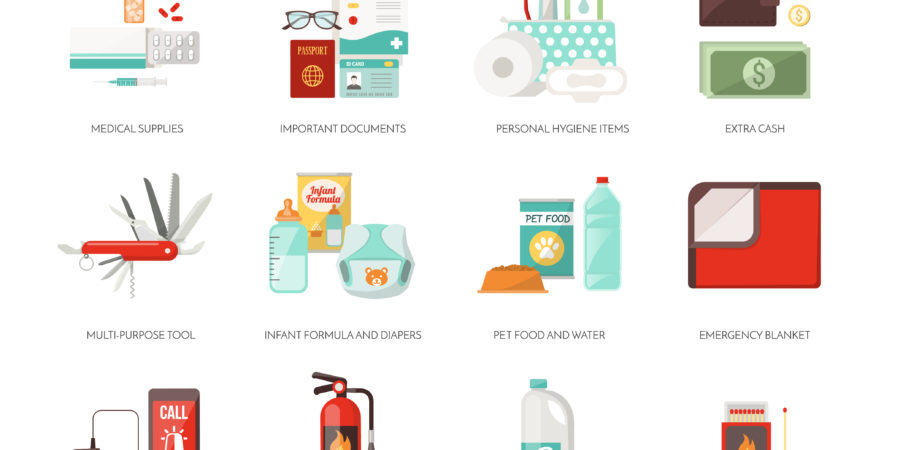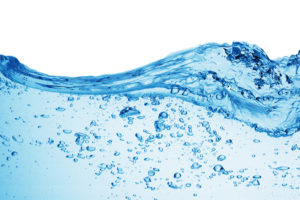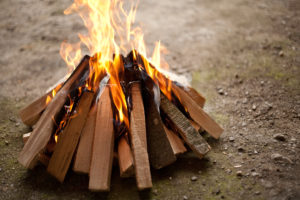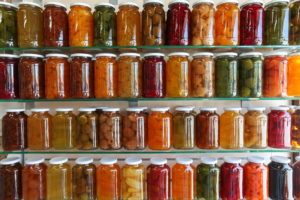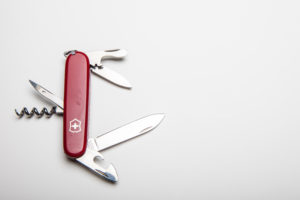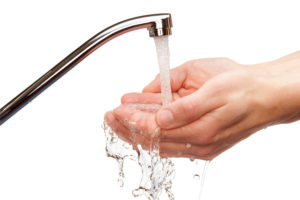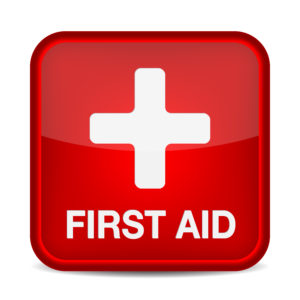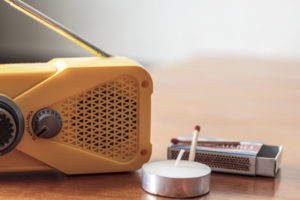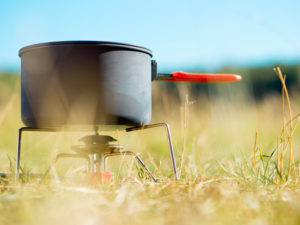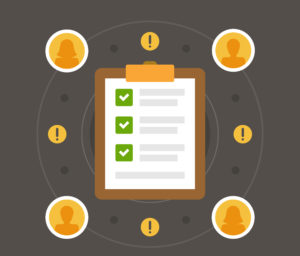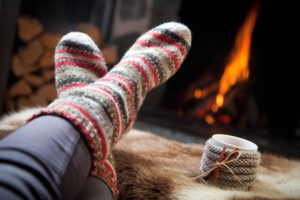Specifics are always a good thing. As we define each of the 13 areas of preparedness we can better create the list of items we need to achieve total preparedness. It at least provides a good road map through our journey to get fully prepared. For today the definitions stand as given below, but I am aware that tomorrow is tomorrow and it will steadily change as the world changes. For today here it is, for tomorrow, I promise to keep it updated so that you can have as much information that I have in my on going quest in the project I call Project Ready or Not.
Let’s break down each area, what it’s definition is and items you need. Included as well will be any important links to information you may want. I’m positive this blog will explore in detail many of these areas or components to these areas in the future, but here we will give you the general synopsis of each.
1. Water- the reason Project Ready or Not began in the first place. It has a special place in my heart, but we won’t get into that now. Water is THE MOST important item to store for an emergent situation. You must first breath, you must next drink water, then you need to stay warm and eat. The list goes on, but I’ll stop there. Remember this…without water you wouldn’t survive 48 hours depending upon your personal health, weather and conditions in which you are trying to survive. Survival is estimated at no more then a week if all variables are optimal, but frankly, I can’t imagine any variable optimal enough if you don’t have water to drink, so that argument doesn’t hold up so strongly for me. I’m going with…it’s not very long. So how much water must you store? Recommendations by the government,the red cross and various religious groups all suggest a minimum of 1 gallon per person per day. This is for drinking purposes only. For sanitation and cooking purposes that amount goes up. Ready.gov has a comprehensive site for water information, though it isn’t incredibly detailed, it’s a good start. I have found that good information for emergency preparedness generally, as well as specifically for water can be found on www.fema.gov
2. Warmth- let’s hope we can prepare enough that our options don’t have to be gutting an animal so you can sleep inside it overnight the way Bear Grylls used to do it on those tv shows I used to watch in horror. Thankfully, when preparing ahead of time you can check off this area of preparedness with fire wood, waterproof matches, a stove or propane heater and a few other options as well. I guess to be fully prepared you may have to watch some of these adventure shows to get a few good tips on animal hide preparation. I think I’m skipping that technique here on this site and will stick to what I know. Fundamentally warmth preparedness is the ability to stay warm when your utilities go off.
3. Food- this is the area that most people think of when they think of emergency preparedness, and yet so many people do it wrong. Well, maybe it’s not wrong…it’s food, and if you’re hungry enough you would eat it, but I’m not sure why so many of us store wheat that we have to grind when we a) don’t have a grinder and b) wouldn’t have a clue how to use a grinder if we had it. There are so many great approaches to acquiring food storage, but the basic rule should be to STORE WHAT YOU WILL EAT.
4. Light- by candle light, cranking a flashlight or options that run off batteries, we need to be ready to shed some light on a dark evening should the power go out for a few hours or a few days.
5. Shelter- your home is perfect, but what if you have to leave it? This is when everything from tents, tarps, sleeping bags, blankets and personal items such as jackets, hats and gloves should make their way into your storage shelves.
6. Tools- should you need to cut something down, build something up or haul it from place to place…these are the items you would need to do all of that. Whether it’s your basic cordage and flint, solar or power options, this is your preparedness tool kit.
7. Sanitation- listen, I’ve been on extended camping trips that showers and toilets didn’t exist. They were not my favorite trips if I’m being honest. While some would say sanitation is a luxury, it is in fact an important part of preparedness that must not go overlooked. It’s a proper place to dispose of waste, soap to be able to wash clothes, toothbrushes and toothpaste, soap for hands before cooking or eating begins and items needed to keep yourself and your family as clean as possible. Germs and disease are not something to take lightly. Plus, let’s be honest, it’s just gross if you don’t prepare for it.
8. Power- from a little extra fuel for your car should the small emergency arise that your car runs out to the new Tesla Power Wall. Oh my goodness, have you seen these!? I think I’m going to skip a generator and go straight to one of these things! I need to research more…heavens, I may have to dedicate a whole post to it. I digress. Solar converters, chargers and generators of any variety to keep things up and running are a must.
9. First-Aid- if you can make sure you’ve got a nurse or doctor in your family this would be a good start in this area. However, making sure they have what they (or you) need to clean wounds, dispense medications (over the counter and prescription) when needed or monitor health situations is a pretty big deal too. This goes beyond just a simple first aid kit since not all first aid kits are sufficient.
10. Comms- my father in law can’t stand when someone asks a group what time it is and everyone grabs for their phone. That watch he wears around his wrist (and it’s not an apple brand) may be a thing of the past, but his concern here is real. What happens if you can’t use your phone? How would you hear emergency updates, keep in touch with family? The answers you have to this are the very items you need to acquire in this area.
11.Cooking- all the food in the world stored is awesome, unless you don’t have a way to cook it. This is the emergency preparedness version of me telling my kids if it wasn’t for me they would die of hunger in front of an open refrigerator that is fully stocked. This is a joke, but can apply here. Even if your food storage is of the freeze dried variety, remember those require water and heat to make edible…okay, enjoyable. What will you eat your food on? With? You get the idea.
12. Planning- all those drills in elementary for earthquakes when we’d file out of classrooms and line up on the black top…those weren’t just for fun. You and your family need to know what to do in case of an emergency. Meeting spots, exit plans and practice is what it takes to make sure everyone stays calm and doesn’t worry.
and the last area of preparedness, added by me…
13. Comfort- for some people having something to wash their feet off, their favorite blanket, a specific pillow…maybe it’s lotion, face wash or a treat of some variety. Whatever it is that makes you say “ahhhhh” or calms your spirit or makes you feel a little less crazed…I say, prepare for it. Chances are, should I be in the depths of using all my emergency preparedness items I may be focused on other more important things, but I’m positive I’ll thank my prepared self for stashing something that makes me feel a little more human among the chaos. As long as you’re preparing, I say, go the extra mile.
14. Finance- some people say if true Apocalypse breaks out, money will be good for nothing. I’d say, you’d probably be right. However, for financial emergencies, rough times or whatever the case may be it’s safe to say that having extra cash on hand to grab in a hurry is a good idea. Think 20 bucks to several hundred. Beyond that, there are recommendations to have a 3 month reserve in your savings account to help when you suffer a personal emergency such as a job loss.
If that didn’t stress you out just by reading all that…don’t worry. In future posts, we’ll go into more detail on each one. Remember…journey…step by step. BABY STEPS. The important thing is that you move forward in the right direction. Don’t let the feeling of overwhelming-ness (is that a word?) paralyze you. Just one foot in front of the other.
In the last post I gave you a link to both a printable and workable spreadsheet so you could make lists of things you have or things you need in each of these 13 areas of preparedness. I am including the link here again so that you can access it easily. Now that each of these areas are defined, you will better be able to populate these areas with the right items.
